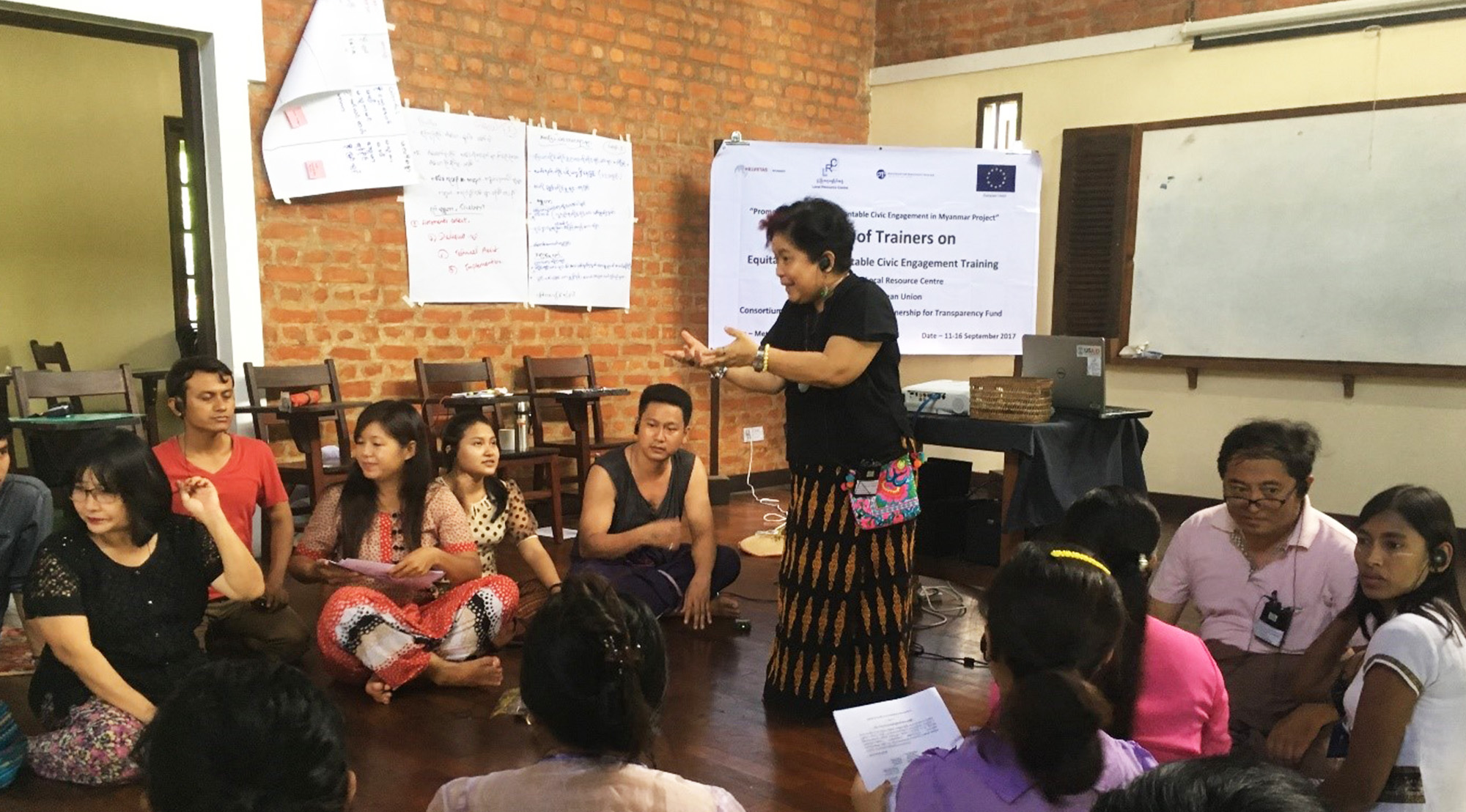Helvetas Myanmar and the Local Resource Centre (LRC) are two organizations supporting the empowerment and capacity building of civil society organizations (CSOs) in Myanmar. LRC is committed to strengthening the collective voice of the civil society through skills development, dialogues and advocacy activities. Helvetas engages in three working areas in Myanmar, namely skills development, sustainable & inclusive economies and governance & peace, whereas the latter includes the support to civil society organizations.
To approach the question of the civil society’s space in this young democratic nation, we asked Pansy Tun Thein, Executive Director of the Local Resource Centre and Technical Advisor to the Gender Equality Network and Peter Schmidt, Helvetas Country Director, to share their perception of the situation.
SJ: What is the landscape of civil society organizations in Myanmar?
PS: Myanmar has gone through a long history of a military dictatorship, then slowly opened itself towards a partial democracy, which has been in place for four years now. Even under the dictatorship, there was an astonishingly active civil society in this country and it is still the case today. There is an estimated number of 10,000 local CSOs, whose activities are very broad: from the provision of oxygen to patients who can’t leave their homes to human rights advocacy work and environmental engagement. When you look at Myanmar with a European perspective, knowing the past of the country, you would not expect such a lively civil society.
SJ: What kind of challenges have they gone through?
PTT: For many years, the CSOs in Myanmar have been very active in the provision of services, filling gaps left by the government. However, the law of 1988 relating to the registration of organizations seriously injured this movement. Under this highly punitive law, all CSOs operating without registration were threatened with legal action.
In 2013, LRC did an assessment of the operational space for the CSO and it was found that all were aspiring to a more progressive law. LRC, together with leading CSOs and INGOs then led the process of revising this law in 2014 and successfully managed to work with the government to develop a more progressive law. Today, there are over 10,000 local CSOs in the country including 3,500, which are officially registered. The rest are operating without registration but the government cannot punish them for operating without registration, as the current law allows voluntary registration.
SJ: Are they still active in filling the gaps left by the government?
PTT: Yes they are, all over the country, because we have serious gaps in the public sector. In terms of health and education, both national and international NGOs are providing health and educational services, especially in remote or out of reach areas where the population is the most affected.
PS: To give an example: Many of the ambulances in Myanmar are operated by CSOs. This is an example of a typically public service, which has been taken over by the civil society in Myanmar.
SJ: How is the involvement of civil society organizations in the provision of public services received by the government? Is there any form of collaboration?
PTT: the government is generally in favour of this type of activity because it claims to be working on filling these gaps. This is a common objective that the government shares with CSOs, they are therefore complementary in trying to fulfil it. For example, several NGOs work collaboratively with the government in implementing the national AIDS program. In this program, the provision of antiretroviral treatment for the affected population is divided by geographical areas for the government as well as for the NGO/CSO sector. The government approves and supports this joint action.
PS: You have to see this in the context of culture and religion. The majority of Myanmar’s population is Buddhist. ‘Doing good’ is very important for their reincarnation. There is a generous mentality deeply rooted in the society. The functioning of CSOs as service providers of “doing good” reflects this country’s cultural identity. Look at the World Giving Index. Myanmar has ranked first over the last 4 years.
This all sounds beautiful, but it is only one part of the story. A piece of research conducted jointly by LRC and Helvetas in 2017 shows that the government welcomes the CSOs that are service oriented or strictly humanitarian but is far more critical towards politically active NGOs such as those promoting human rights.
SJ: What are the consequences for the organizations having a political engagement?
PTT: Freedom of expression is still very much affected in our country. You would expect more freedom granted to the civil society from a democratically elected government, but this is a challenge in Myanmar. For example, the Telecommunications Law of 2013 (Article 66D) states that you can be jailed for making any kind of critical statement towards a third party, especially towards the government or the members of parliament (MPs). Many people have also been jailed under the Unlawful Associations Act (1908) which punishes “any person or group who associates with an unlawful association, contributes, receives or solicits any contribution for the purpose of any such association.”
The government selects and only works with the CSOs that it trusts. Advocacy is a continuous work for the civil society, which has to find innovative ways to access government ministries, the parliament, to advocate for issues that need to be addressed, but challenges remain.
PS: What is surprising is that the article 66 (D) has been more frequently applied by the current democratic elected government than by the former quasi-military government. An explanation that I have heard several times is that the current government has been democratically elected and that there is therefore no need for a politically engaged civil society.
SJ: Would you say that you have enough space to exercise influence?
PS: As Helvetas’ focus is on agriculture, ecology, education, we are not affected by restrictions and can implement our projects in freedom. We do engage in advocacy work for example related to the space for civil society. Usually we express ourselves through our local partners, typically CSOs such as LRC but also through private sector partners and we maintain a dialogue with government partners from local to the national level.
PTT: The CSOs often work through various platform groups, which are mostly thematic (HIV/AIDS, land security and civic engagement, etc). These groups gather, address and advocate their issues to the government as well as to the parliament. This is a way of collectively engaging with the government while protecting the individuals. LRC works as an umbrella network comprising over 1,000 CSOs, and operates through several regional offices located mostly in conflict or post-conflict areas. LRC is a representative of the platform group known as “Myanmar Civil Society Partnership for Aid and Development Effectiveness- MCPAD” providing a good opportunity for these organizations to exercise influence and use their collective voice to report some of the CSO’s concerns to the government and the parliaments, as LRC promotes neutrality and non-confrontational approaches.
SJ: The project “Open history- Art for Peace” developed by Helvetas in cooperation with the Pansodan Gallery promotes the use of art as a unifying tool for several types of groups in the society. How is the project received by the public and by the government?
PS: This is a relatively young project, initiated by a local Burmese artist. His reflexion is that people who don’t know their history well will encounter difficulties in conceiving their own identity, which can be a factor of intolerance towards others. His work consists of collecting in a given area ancient photographs that people have at home, to then scan, frame them and organise a public exhibition. This for Myanmar unique approach is used as a space for different groups from the society (women and men, different religions and ethnicities) to come together. It generates a lot of enthusiasm among the visitors but also among the local government bodies, interestingly, which fully support this approach. When we recently organised the latest of these exhibitions the Chief Minister of this State (province) immediately requested us to present a selection of the exhibits in the provincial museum where the pictures can be displayed for a long period. It’s great!
SJ: Do you actually succeed in bringing people from various social, religious or ethnic backgrounds together?
PS: We had a pilot exhibition last year and the two exhibitions are ongoing (in October and November). So far, we have been very successful in bringing men and women, as well as different generations together. This was relatively easy. How well we will achieve a positive interaction between different ethnic and religious groups is still an experiment. We are very much positive and optimistic about this approach and designing – together with LRC – a larger project funded by the European Union, ‘Culture For Peace’ using this mechanism, to bring different groups together at a much larger scale.


